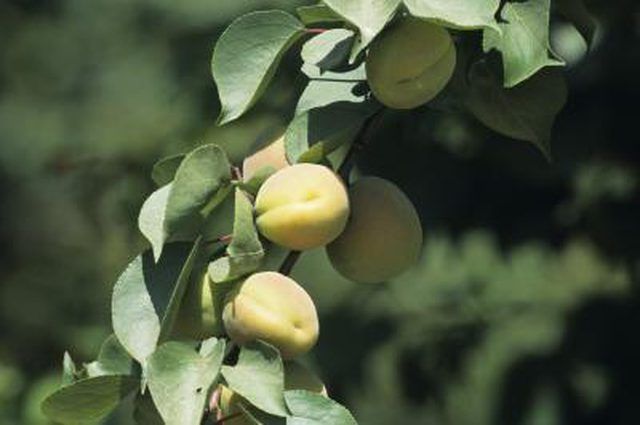Bulbs
Flower Basics
Flower Beds & Specialty Gardens
Flower Garden
Garden Furniture
Garden Gnomes
Garden Seeds
Garden Sheds
Garden Statues
Garden Tools & Supplies
Gardening Basics
Green & Organic
Groundcovers & Vines
Growing Annuals
Growing Basil
Growing Beans
Growing Berries
Growing Blueberries
Growing Cactus
Growing Corn
Growing Cotton
Growing Edibles
Growing Flowers
Growing Garlic
Growing Grapes
Growing Grass
Growing Herbs
Growing Jasmine
Growing Mint
Growing Mushrooms
Orchids
Growing Peanuts
Growing Perennials
Growing Plants
Growing Rosemary
Growing Roses
Growing Strawberries
Growing Sunflowers
Growing Thyme
Growing Tomatoes
Growing Tulips
Growing Vegetables
Herb Basics
Herb Garden
Indoor Growing
Landscaping Basics
Landscaping Patios
Landscaping Plants
Landscaping Shrubs
Landscaping Trees
Landscaping Walks & Pathways
Lawn Basics
Lawn Maintenance
Lawn Mowers
Lawn Ornaments
Lawn Planting
Lawn Tools
Outdoor Growing
Overall Landscape Planning
Pests, Weeds & Problems
Plant Basics
Rock Garden
Rose Garden
Shrubs
Soil
Specialty Gardens
Trees
Vegetable Garden
Yard Maintenance
How to Grow Apricot Trees From Pits
How to Grow Apricot Trees From Pits. Growing an apricot tree from a seed is a fun and easy family project. Save the seed from any apricot, but consider starting seeds from few varieties for some diversity in your orchard. After starting the seed, it will take three to five years before the first apricots appear on the tree, according to Mother...

Growing an apricot tree from a seed is a fun and easy family project. Save the seed from any apricot, but consider starting seeds from few varieties for some diversity in your orchard. After starting the seed, it will take three to five years before the first apricots appear on the tree, according to Mother Earth News. These apricots will be different from the parent apricot that provided the seed.
Things You'll Need
Nutcracker or hammer
Jar or other lidded container
Potting soil
Yogurt containers or milk cartons
Clean off the apricot pits. Leave them on the counter or window sill for a few days so they dry out.
Crack the dried apricot pits open with a nutcracker or a hammer. Take care not to damage the almond-shaped seed inside each pit.
Place the seeds in a dish of room-temperature water and allow them to soak overnight. The next day, place them in a jar or container with potting soil that is slightly damp. Cover the jar or container.
Put the jar or container in the refrigerator to mimic the effects of a cold winter. Check the jar after a month to see if any roots have sprouted. Apricots typically take four to six weeks to sprout, according to Mother Earth News.
Plant the sprouts if it's a month before the typical last frost date in your region; otherwise, keep them in the refrigerator a while longer. When it's time to plant, fill cleaned yogurt containers or milk cartons with a high-quality potting soil. Plant the sprouts in these containers and place them in a sunny area of your house.
Plant your apricot seedlings in the garden when the danger of frost is past. Choose a sunny site with well-drained soil that has a neutral pH -- add lime if a soil test indicates a low pH. Plant each seedling in a 3-foot-tall mound if the soil in your garden usually stays wet after it rains. For best pollination, plant your apricot seedlings near other varieties of apricots.
Tips & Warnings
Keep everything labeled when trying different apricot varieties.
Don't expect apricot fruit for about five years.
The fruit grown in this method will not be similar to the apricot it was grown from!